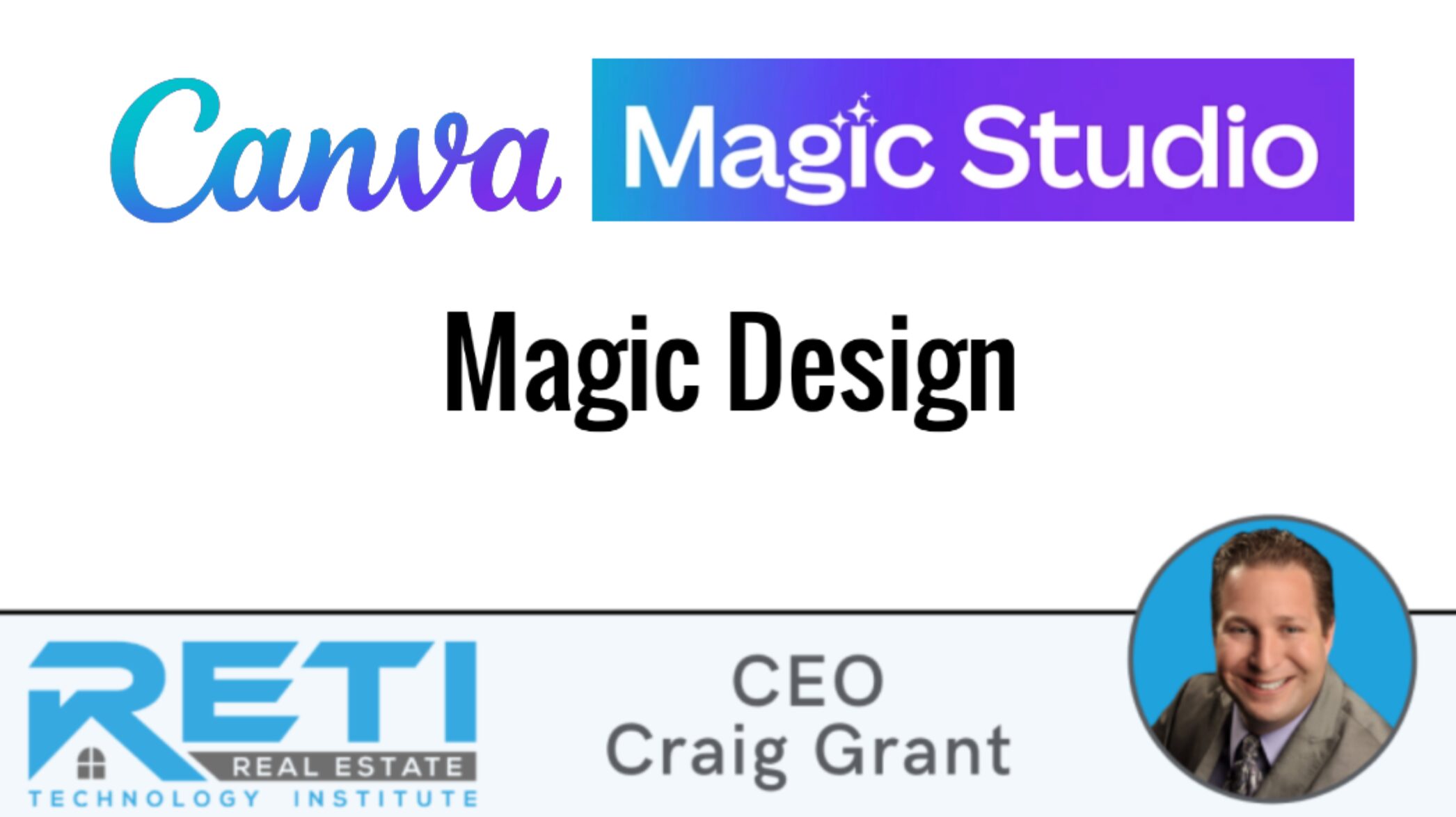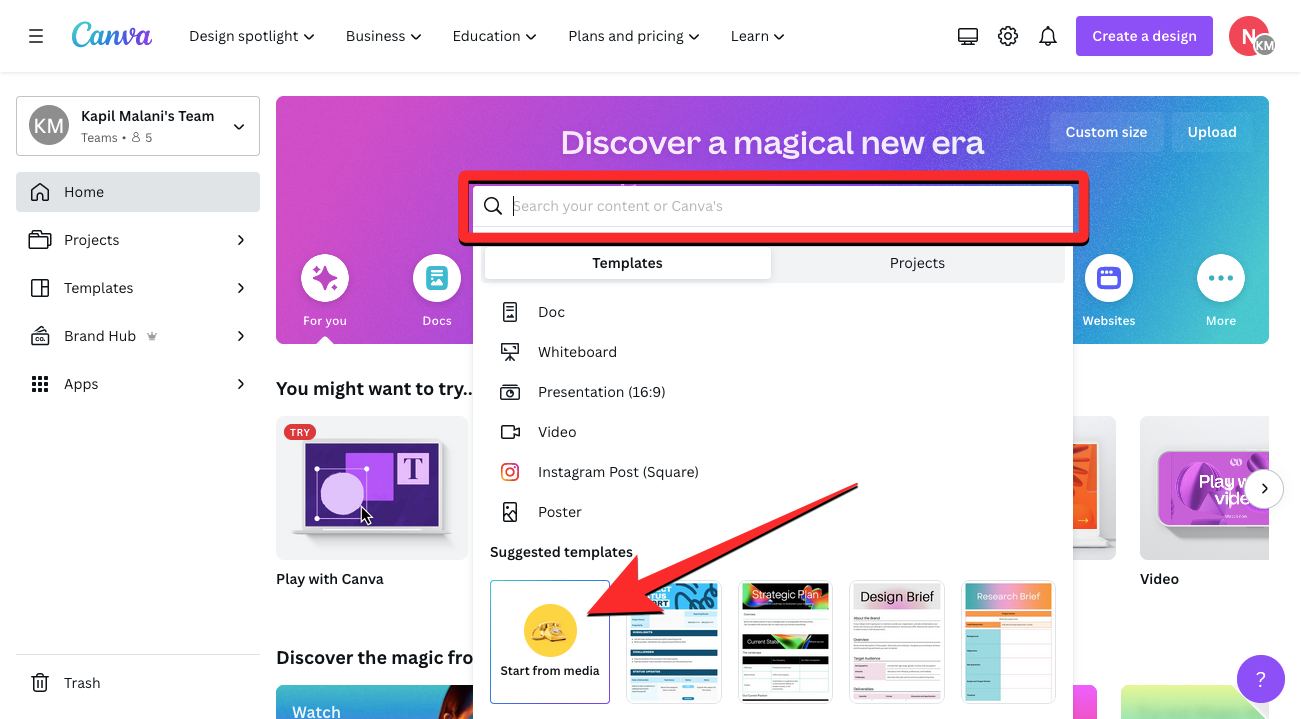
Canva Pro with Magic Design: Complete Buyer's Guide
Accessible AI-powered design automation platform
Canva Pro with Magic Design positions itself as an accessible AI-powered design automation platform within Canva's ecosystem of 150M+ global users, targeting rapid content creation through template-first automation[42][52].
Market Position & Maturity
Market Standing
Magic Design operates within Canva's established market position as a dominant player in the accessible design tools sector, leveraging the platform's 150M+ global user base and mature infrastructure[42].
Company Maturity
Company maturity indicators demonstrate strong operational stability through Canva's proven business model and sustained growth trajectory[42][57].
Growth Trajectory
Growth trajectory evidence shows continued platform expansion and feature development, though specific revenue or customer growth metrics for Magic Design specifically require verification from current sources.
Industry Recognition
Industry recognition includes Canva's Magic Studio (encompassing Magic Design) receiving TIME 2024 Best Invention status[57].
Strategic Partnerships
Strategic partnerships include the recent Google Veo AI integration, indicating Canva's commitment to expanding AI capabilities through technology partnerships[51].
Longevity Assessment
The platform's integration of AI capabilities represents strategic evolution rather than experimental pivot, indicating long-term viability supported by established revenue streams and customer relationships[42][57].
Proof of Capabilities
Customer Evidence
A Marketing Director at an SMB retailer achieved documented production cycle reduction from 3 days to 4 hours for social media content[46].
Quantified Outcomes
Users report functional design outputs achievable within hours of initial use, demonstrating accessibility and immediate value delivery[54].
Case Study Analysis
Customer implementation evidence demonstrates Magic Design's effectiveness across diverse business scenarios, with specific cases showing significant efficiency gains[46].
Market Validation
User adoption patterns within Canva's 150M+ global user ecosystem provide scale evidence for platform stability and market acceptance[42].
Competitive Wins
Technical capability evidence shows mixed performance in complex image processing, particularly background removal for detailed items, where specialized alternatives achieve 95% accuracy in controlled environments compared to Magic Design's template-based limitations[46][54][55].
Reference Customers
G2 user reviews showing generally positive ratings for Canva's graphic design capabilities, though specific satisfaction metrics require verification from current sources[53].
AI Technology
Magic Design's AI technology centers on automated template generation from multimodal inputs, processing text descriptions, voice commands, and uploaded images to produce design variations across Canva's extensive template library[46][47][52].
Architecture
The platform's template-based processing approach differs fundamentally from element-based automation used by specialized AI image tools.
Primary Competitors
Specialized AI image tools like Midjourney or Adobe Firefly for detailed product visualization requirements[43][54].
Competitive Advantages
Integration within Canva's established ecosystem and real-time collaboration features that distinguish Magic Design from standalone AI image tools[40].
Market Positioning
Magic Design occupies a middle ground between basic design tools and specialized AI image processing platforms[54].
Win/Loss Scenarios
Win/Loss Scenarios favor Magic Design when team accessibility and collaborative workflows outweigh advanced AI capabilities.
Key Features

Pros & Cons
Use Cases
Integrations
Pricing
Featured In Articles
How We Researched This Guide
About This Guide: This comprehensive analysis is based on extensive competitive intelligence and real-world implementation data from leading AI vendors. StayModern updates this guide quarterly to reflect market developments and vendor performance changes.
58+ verified sources per analysis including official documentation, customer reviews, analyst reports, and industry publications.
- • Vendor documentation & whitepapers
- • Customer testimonials & case studies
- • Third-party analyst assessments
- • Industry benchmarking reports
Standardized assessment framework across 8 key dimensions for objective comparison.
- • Technology capabilities & architecture
- • Market position & customer evidence
- • Implementation experience & support
- • Pricing value & competitive position
Research is refreshed every 90 days to capture market changes and new vendor capabilities.
- • New product releases & features
- • Market positioning changes
- • Customer feedback integration
- • Competitive landscape shifts
Every claim is source-linked with direct citations to original materials for verification.
- • Clickable citation links
- • Original source attribution
- • Date stamps for currency
- • Quality score validation
Analysis follows systematic research protocols with consistent evaluation frameworks.
- • Standardized assessment criteria
- • Multi-source verification process
- • Consistent evaluation methodology
- • Quality assurance protocols
Buyer-focused analysis with transparent methodology and factual accuracy commitment.
- • Objective comparative analysis
- • Transparent research methodology
- • Factual accuracy commitment
- • Continuous quality improvement
Quality Commitment: If you find any inaccuracies in our analysis on this page, please contact us at research@staymodern.ai. We're committed to maintaining the highest standards of research integrity and will investigate and correct any issues promptly.